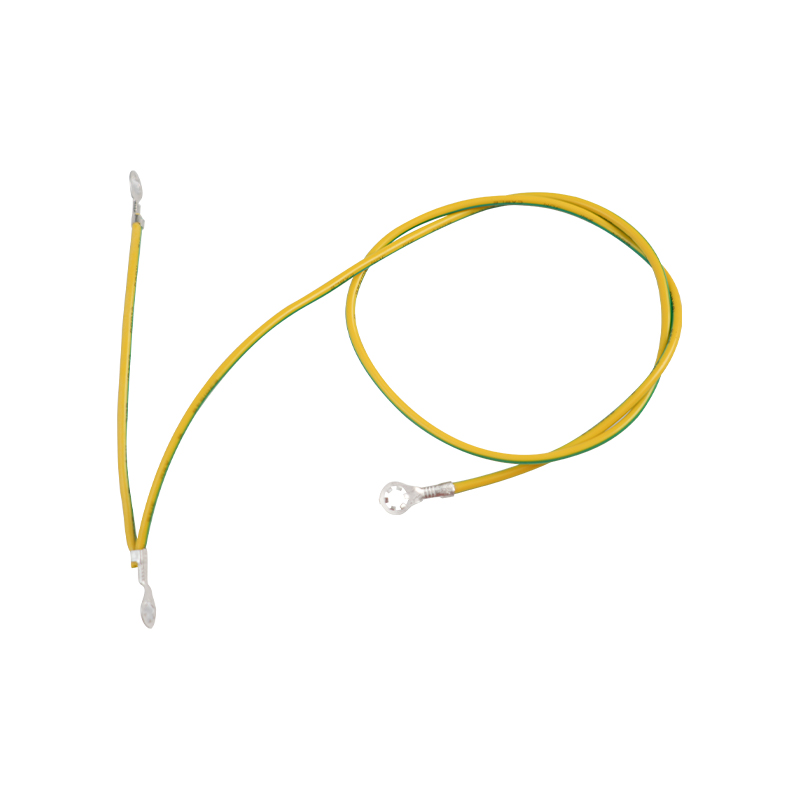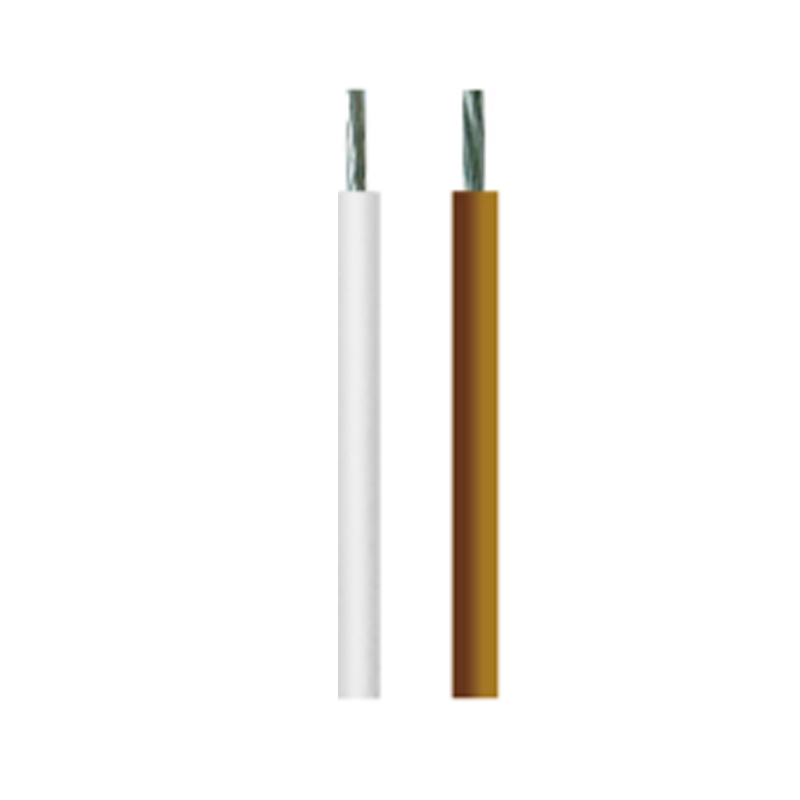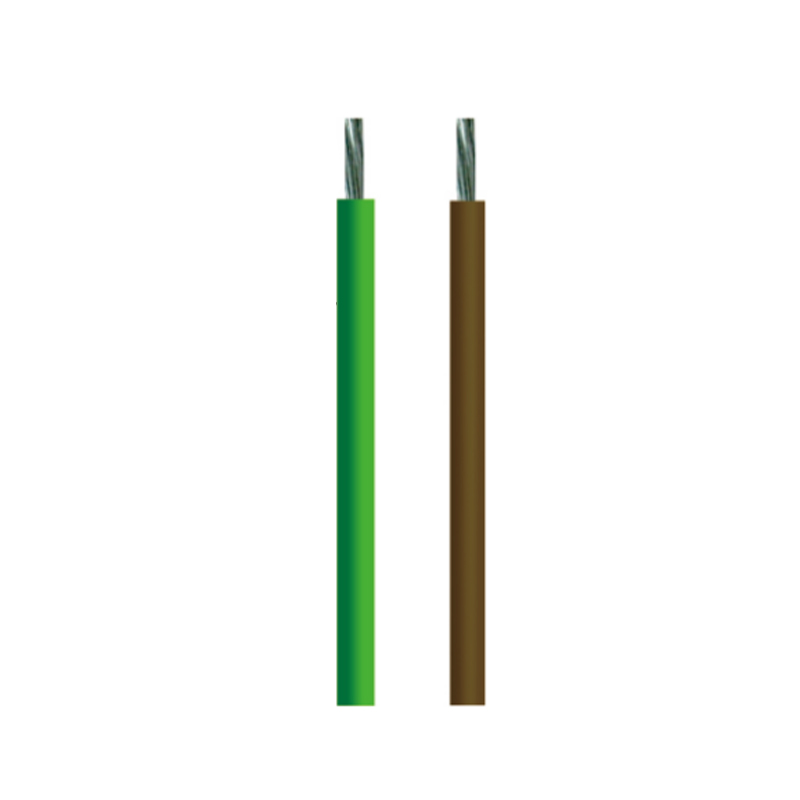In today’s interconnected world, almost every modern machine — from automobiles and airplanes to computers and household appliances — depends on an intricate network of electrical wires. However, if each wire were installed individually, systems would quickly become messy, inefficient, and prone to failure. The solution to this challenge is the Electrical Wire Harness, a highly organized and efficient way to manage electrical connections.
But what exactly is an electrical wire harness? Why is it so vital in engineering, manufacturing, and daily life? In this comprehensive guide, we’ll explore the definition, structure, working principles, applications, and advantages of electrical wire harnesses — and explain why they are the unsung heroes of modern electrical systems.
1. What Is an Electrical Wire Harness?
An Electrical Wire Harness, also known as a cable harness or wiring assembly, is a systematic arrangement of wires, terminals, and connectors that transmits electrical power or signals within a device or machine.
Instead of using multiple loose wires, a harness binds and organizes them into a single unit — often enclosed with protective materials such as tape, conduit, braid, or tubing.
The main functions of an electrical wire harness are to:
- Transmit electrical power or signals efficiently.
- Protect wires from abrasion, vibration, and moisture.
- Simplify installation and maintenance.
- Improve reliability and safety in complex systems.
In short, a wire harness acts as the circulatory system of any electrical device, distributing energy and data precisely where needed.
2. How Is an Electrical Wire Harness Constructed?
The construction of a wire harness is both an art and a science, combining electrical engineering, material science, and manufacturing precision.
A typical harness includes:
- Wires or Cables – The core components that carry current or data. They can be single-core or multi-core, insulated with materials such as PVC, Teflon, or silicone.
- Connectors and Terminals – Used to join wires to each other or to other components. These can be crimped, soldered, or plug-in types.
- Insulation and Sleeving – Protects against short circuits, heat, and chemical exposure.
- Binding Materials – Includes electrical tape, zip ties, or braided wraps that keep wires bundled neatly.
- Protective Covering – Corrugated tubes or flexible conduits shield the harness from environmental hazards like abrasion or water.
- Identification Labels – Each wire or connector is often labeled for easy installation and troubleshooting.
Each harness is custom-designed for its specific application, ensuring that every wire’s length, routing, and connection point are precisely engineered for performance and space efficiency.
3. How Does an Electrical Wire Harness Work?
The working principle of an electrical wire harness is straightforward yet critical: it provides a structured and protected pathway for electricity or electronic signals to flow between different components.
When current passes through the harness, each wire carries a specific signal or voltage from the power source to a destination — such as sensors, switches, motors, or lights.
Because all wires are organized and insulated, the harness:
- Prevents short circuits and interference.
- Reduces electromagnetic noise.
- Minimizes installation errors.
- Enhances reliability and performance of the overall system.
Essentially, it acts as the communication and energy backbone of any electrical network.

4. Why Are Electrical Wire Harnesses Important?
Without a harness, systems would rely on numerous independent wires, making them:
- Bulky and disorganized.
- Prone to connection errors and mechanical wear.
- Difficult to install, inspect, or repair.
By using a wire harness, engineers achieve:
- Space efficiency (especially in vehicles and compact machinery).
- Improved safety and durability.
- Streamlined manufacturing.
- Higher quality control.
That’s why wire harnesses are essential in industries where reliability and safety are non-negotiable.
5. Main Types of Electrical Wire Harnesses
Depending on their use and complexity, electrical wire harnesses come in several types:
a. Automotive Wire Harness
Used in cars, trucks, and electric vehicles to connect lighting, sensors, infotainment, and engine control systems.
b. Industrial Wire Harness
Found in manufacturing equipment, robotics, and control systems to connect motors, relays, and power distribution units.
c. Aerospace Wire Harness
Built to aerospace standards — lightweight, heat-resistant, and vibration-proof for aircraft or spacecraft applications.
d. Medical Wire Harness
Used in diagnostic and life-support devices, requiring high precision and biocompatible materials.
e. Telecommunications Harness
Connects routers, antennas, and network infrastructure to ensure fast data transmission.
f. Home Appliance Harness
Simplifies wiring in refrigerators, washing machines, and air conditioners.
Each harness type is custom-engineered to meet environmental, mechanical, and electrical requirements specific to its field.
6. Materials Used in Electrical Wire Harnesses
The performance and durability of a wire harness depend heavily on the quality of its materials.
a. Conductors:
- Copper: The most common, offering excellent conductivity and flexibility.
- Tinned Copper: Provides corrosion resistance.
- Aluminum: Lightweight and cost-effective, used in specific applications.
b. Insulation Materials:
- PVC (Polyvinyl Chloride): Cost-effective and flame-retardant.
- Teflon (PTFE): High heat and chemical resistance.
- Silicone Rubber: Flexible and durable at extreme temperatures.
c. Sheathing and Protection:
- Nylon Braiding: Abrasion resistance.
- Heat Shrink Tubing: Provides sealing and strain relief.
- Corrugated Conduits: Shields against mechanical damage.
Selecting the right combination of materials ensures that the harness performs well under its operating conditions — whether in high temperatures, humidity, or vibration.
7. Key Features of a High-Quality Electrical Wire Harness
A well-designed electrical wire harness should possess:
- Mechanical Strength: Resistant to vibration, bending, and tension.
- Thermal Stability: Can withstand temperature fluctuations.
- Electrical Insulation: Prevents short circuits and current leakage.
- Corrosion Resistance: Especially important in automotive and marine environments.
- Compact Design: Saves space and reduces clutter.
- Easy Installation and Maintenance: Clear labeling and modular connectors simplify assembly.
These features ensure that the harness performs reliably throughout its operational life.
8. Advantages of Using Electrical Wire Harnesses
Electrical wire harnesses offer numerous advantages that make them indispensable across industries:
- Simplified Installation: Bundling multiple wires into one unit speeds up assembly.
- Enhanced Safety: Proper insulation and routing prevent accidents and electrical fires.
- Improved Organization: Neat layouts reduce confusion and maintenance time.
- Reduced Risk of Damage: Wires are shielded from vibration, abrasion, and moisture.
- Customization: Harnesses can be tailored for specific voltage, current, and environmental needs.
- Cost Efficiency: Reduces labor and maintenance costs over time.
Ultimately, a well-designed harness not only boosts efficiency but also extends the lifespan of equipment.
9. Applications of Electrical Wire Harnesses
Electrical wire harnesses are used in virtually every sector that involves electricity or data transmission:
| Industry | Application |
| Automotive | Engine control, lighting, airbags, infotainment systems |
| Aerospace | Avionics, communication systems, flight control |
| Industrial | Robotics, power distribution, automation lines |
| Telecommunications | Data centers, antennas, routers |
| Medical | Diagnostic equipment, imaging machines |
| Consumer Electronics | Computers, televisions, smart appliances |
| Marine | Navigation systems, engine wiring, communication devices |
Their versatility and reliability make them a core component of modern engineering infrastructure.
10. Manufacturing Process of Electrical Wire Harnesses
Producing a wire harness involves multiple precise steps, including:
- Design and Diagram Creation: Engineers create wiring schematics and define wire lengths, connectors, and routing.
- Wire Cutting and Stripping: Automated machines cut wires to exact lengths and remove insulation at the ends.
- Terminal Crimping and Connector Assembly: Terminals are attached to wires, then grouped and inserted into connectors.
- Harness Layout Assembly: Wires are arranged on a harness board following design blueprints.
- Bundling and Wrapping: Wires are bound using tapes, sleeves, or conduits.
- Testing and Quality Control: The harness is tested for continuity, insulation resistance, and functionality.
Every harness must pass strict electrical and mechanical testing before installation, ensuring safety and compliance with standards such as ISO, IPC/WHMA-A-620, and UL.
11. Challenges in Wire Harness Design and Production
While wire harnesses may look simple, their design and assembly pose several challenges:
- Space Constraints: Fitting multiple wires in tight areas (like automotive dashboards).
- Heat and Vibration Exposure: Must withstand harsh operating conditions.
- Error-Free Connections: A single misconnection can cause system failure.
- Customization Needs: Every harness is often unique to a specific model or product.
To overcome these, manufacturers use automated tools, CAD software, and robotic assembly for accuracy and repeatability.
12. Future Trends in Electrical Wire Harness Technology
As technology advances, electrical wire harnesses are evolving to meet new demands:
- Lightweight Materials: Using aluminum and composite materials to reduce vehicle weight.
- Smart Harness Systems: Integration of sensors to detect faults and temperature changes.
- Automated Manufacturing: AI and robotics improving speed and consistency.
- Eco-Friendly Designs: Use of recyclable materials and lead-free insulation.
- High-Voltage Capability: Supporting electric vehicles and renewable energy systems.
These trends are transforming the wire harness from a simple wiring solution into an intelligent and sustainable power network.
13. Conclusion: The Backbone of Electrical Connectivity
So, why is an Electrical Wire Harness so crucial? Because it forms the foundation of every electrical system, ensuring that power and data flow safely, efficiently, and reliably.
From the smallest household gadget to massive industrial machines, wire harnesses bring order, safety, and performance to complex wiring systems. They protect against chaos, prevent failure, and simplify modern engineering design.
As industries move toward automation, electric vehicles, and smart technologies, the role of electrical wire harnesses will only grow. Their combination of efficiency, flexibility, and durability makes them not just a component — but the nervous system of the modern world.



 English
English عربى
عربى Español
Español









